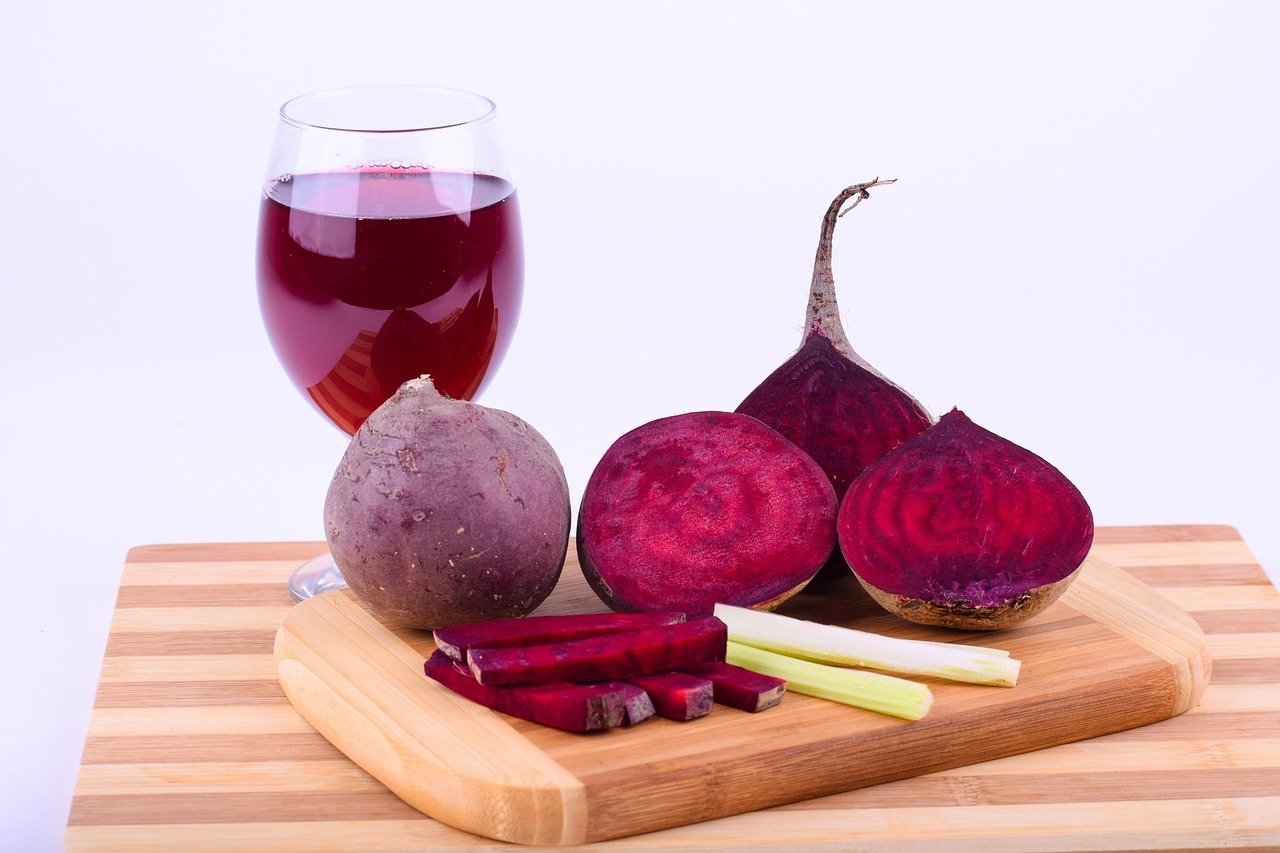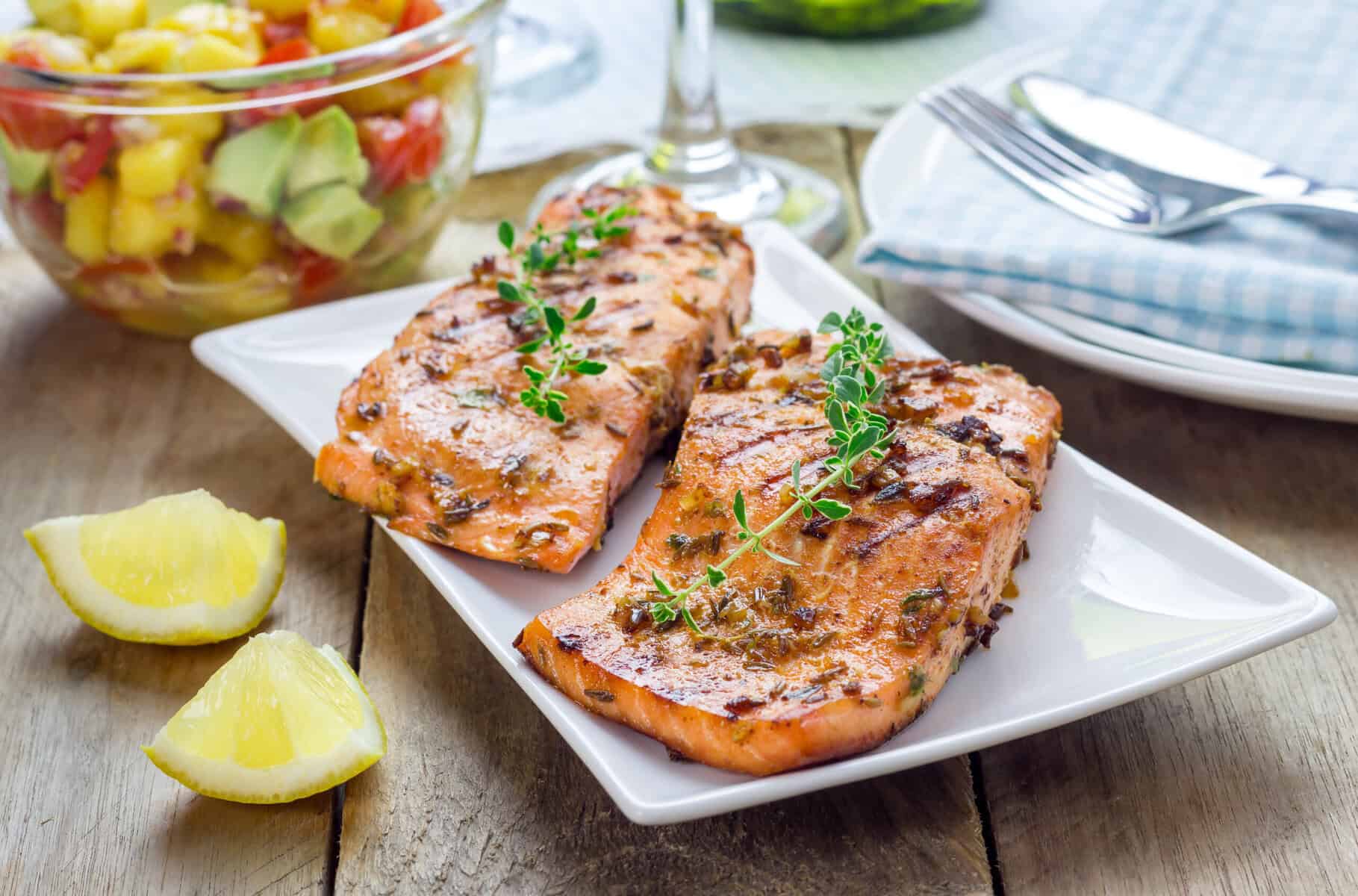These Lemon Coconut Energy Balls are so delicious. Bright, refreshing, loaded with lemon flavor. Also, easy to make, and totally guilt-free, made without refined sugars. Energizing and healthy. Stash some in the fridge or freezer for a quick afternoon snack!
Jump to:- Ingredients used
- How to make Lemon Coconut Energy Balls
- Substitutions
- Useful tips
- Tips for storing
- More energy balls recipes
- ? Recipe
- ? Comments
The last couple of weeks I definitely work too much. My eating routine slipped off the track. I don't eat crap but I definitely eat too little. I often skip lunch simply because I don't have time nor inspiration to make one. And since we dine very late there's this huge gap between breakfast and dinner when I usually just crave something sweet.
That's why having energy balls in my freezer saves me. It's good to have some healthy option to nibble when hunger strikes but you don't want to completely ruin your dinner. Plus, energy balls are perfect for boosting low energy. They give me a nice push on afternoons just when I need it.
I had some fresh organic lemons from the market, so the idea for these lemon energy bites struck me like instantly. Plus, lemons are now in season and so bright and refreshing.
These Lemon Coconut Energy Balls are beautifully flavored and simply delicious. They are super easy to throw together - less than 10 minutes with a few simple ingredients. Also, they are super nutritious and healthy. My kinda snack!

Ingredients used
To make these lemon coconut balls you will only need a few simple ingredients:
- Cashews. Cashew nuts have a neutral taste with hints of sweetness. They give softness and melting texture to energy balls, that's why I love them. Also, cashews are loaded with nutrients - proteins, fibers, plus antioxidants. (1) I used unsalted cashews here.
- Coconut. Coconut added wonderful flavor. Coconut is also packed with many nutrients - especially energy-boosting fats and fibers. (2)
- Lemon. You will need lemon juice as well as some lemon zest, so make sure you use organic lemon here. The zest gives the majority of the citrus flavor, so don’t skip it!
- Sweetener. I used pure maple syrup, but you can easily use honey here if you like. Sirup gave subtle sweetness yet didn't overload energy balls with many sugary calories.
I always like to add some superfoods to the mixture, to make energy balls more interesting and nutritious. This time I added:
- Hemp seeds. They are loaded with two essential fatty acids, omega-6, and omega-3 but also a great source of proteins.
- Baobab powder. It's quite an interesting ingredient. It boosted these lemon bites with fibers and a whole lot of vitamin C – a powerful antioxidant and immune booster (3).

How to make Lemon Coconut Energy Balls
To make these lemon coconut energy balls, you will need some equipment, a good food processor or chopper. But other than that, this recipe is relatively straightforward.
- Start with preparing and measuring all ingredients. I like using measuring cups.
- Take a high-speed food processor and add all ingredients.
- Process everything at high speed for about two minutes until everything is nicely chopped.
- Don't worry if the dough seems dry in the beginning. Just continue mixing. Scrap down the dough with a spatula if needed.
- Stop the processing and check texture by pinching the dough between your fingers. It should be sticky and able to keep its shape.
- If the mixture is still too dry, add a bit more hot water (just a teaspoon). Mix again and check the texture.
- Using a spoon, scoop out the dough and roll it between your palms to form a little bite-size ball. Repeat with the remaining dough.
- Place balls on a plate, serving tray, or in an airtight container and refrigerate to harden.
- Makes 16-18 bite-sized balls. The recommended serving size is 2 balls.
Substitutions
- You can substitute hemp seeds with ground flax seeds or chia seeds.
- You can substitute maple syrup and use honey. Make sure honey is in runny form.
- Date syrup can be used instead of maple syrup but it will change the color of the dough. Stevia or any low-carb sweetener won't work here.
- You can substitute lemon juice with lemon extract.
- You can substitute fresh lemon zest with dried lemon zest.
- If you don't have baobab powder, you can leave it out. BUT I suggest you buy baobab powder and roll it into your diet.
Useful tips
- Use raw unsalted cashews. Don't swap it with cashew butter.
- If you notice that the mixture is too dry and crumbly, add a teaspoon of warm water.
- Also, make sure you taste the dough. These lemon and coconut bliss balls are quite citrusy, so if you feel like you need a bit more sweetness, feel free to add more sweetener.
- If you're planning on using fresh lemon zest, make sure you use the zest of organic unwaxed lemons. If there are no such lemons available to you, you can use packaged lemon zest.
Tips for storing
- Keep lemon coconut balls covered in an air-tight food container in the refrigerator for up to 7 days.
- TO FREEZE: Place balls in a zip-lock bag. Keep in the freezer for up to 3 months. Thaw for 5 minutes at room temperature before consuming.

These Lemon Coconut Energy Balls are soft and melting little delights that are hard to say no to. Bright and refreshing, loaded with amazing citrus flavor, and super sweet, these are just amazing.
Definitely worth stacking a bunch of these in the freezer for a quick healthy afternoon snack!
More energy balls recipes
- Lemon Turmeric Energy Balls
- Peanut Butter Energy Balls
- Coconut Energy Bites
- Almond Butter Energy Balls
- Chocolate Prune Energy Balls
? Recipe

Lemon Coconut Energy Balls
By Natalie These Lemon Coconut Energy Balls are so delicious. Bright, refreshing, loaded with lemon flavor. Also, easy to make, and totally guilt-free, made without refined sugars. Energizing and healthy. 4.8 from 62 votes Print Recipe Pin Recipe Prep Time 10 minsTotal Time 10 mins Servings 16 ballsCalories 77 kcal- Measuring cups
- Food processor
- 1 cup cashews
- ½ cup shredded coconut
- 2 tablespoon hemp seeds
- 1 teaspoon baobab powder optional
- 1 teaspoon lemon zest zest from 1 lemon
- 2 tablespoon lemon juice juice from 1 lemon
- 2 tablespoon marple syrup or honey
- 1 teaspoon vanilla extract
- Add all ingridients in the food processor and process for few minutes until dough is formed.
- Check texture by pinching the dough between your fingers. It should be sticky and able to keep its shape. If the mixture is too dry, add more lemon juice. If the mixture is to wet, add more shredded coconut.
- Using a tablespoon, scoop out dough and roll between your palms to form your balls.
- Roll them into shredded coconut or bee pollen powder and shake off excess. Refrigerate to harden.
- Keep lemon coconut balls covered in an air-tight food container in the refrigerator for up to 7 days.
- TO FREEZE: Place balls in a zip-lock bag. Keep in the freezer for up to 3 months. Thaw for 5 minutes at room temperature before consuming.
This post is originally published in April 2019. It's updated with new information and republished in May 2021.
Original Article












